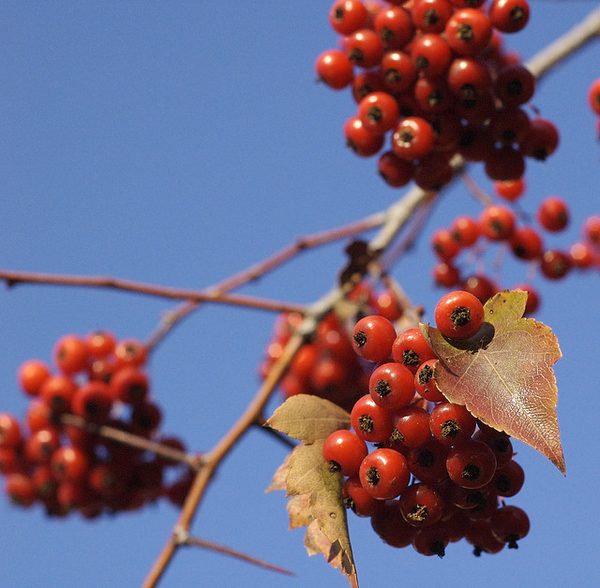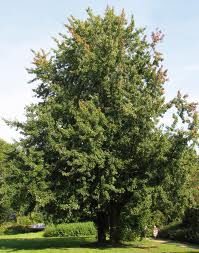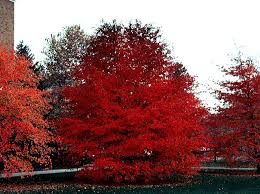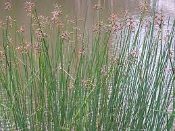Order Minimum
There is a minimum order total of $150.00.
before tax (VA residents only) and shipping.
There are NO EXCEPTIONS.
Description
Description
Crataegus, or Hawthorn, is a genus of shrub or small tree containing many species and varieties and native to the east coast where it is often found in low swamps and river bottoms to the east and higher mountain ridges of the west. Crataegus phaenopyrum, or Washington hawthorn, is noted for its attractive flowers and foliage, bright red fruits long straight thorns, and fall color. It is a small, low-branching, deciduous tree that typically grows 25 to 30 feet tall with a rounded crown.
Washington Hawthorn prefers full sun. It will grow in partial shade, although this will impact the level of flowering and fruit. It tolerates urban pollution, prefers well-drained soil, and is pH adaptable. It will grown in heavy clay soil. Because it is thorny and tolerates extensive pruning, it can be grown as a hedge for a screen or security, planted in small groups, as a specimen in a lawn, or a street tree. The fruit of this plant is sometimes called the haw. Haw also means hedge, making hawthorn mean thorny hedge. When grown from seed, trees take from 5 to 8 years before bearing fruit; grafted trees will often flower heavily in their third year.
This plant has spike-like thorns (1 to 3 inches) and strong wood with a gray trunk. It boasts orange, and scarlet to purple fall foliage. It is the last hawthorn to flower and is also the most heat tolerant hawthorn. It is tolerant of a wide range of soils but prefers moist, well-drained loam and to be planted in the full sun.
Uses (Ethnobotany):
The wood is strong, tough, heavy, and hard, but has little commercial value.
Life Cycle:
Perennial
Woody
Recommended Propagation Strategy:
Grafting
Seed
Country Or Region Of Origin:
Southeastern North America
Distribution:
Virginia to Georgia, Illinois to Kansas.
Fire Risk Rating:
low flammability
Wildlife Value:
This plant provides nectar for pollinators. It is a larval host plant for Gray Hairstreak (Strymon melinus), Red-spotted Purple (Limenitis arthemis astyanax), and Viceroy (Limenitis archippus). Red-spotted Purple and Viceroy rarely use this host plant in North Carolina. Hummingbirds and butterflies nectar from the blooms. Songbirds like cedar waxwings, quail, wild turkeys and small mammals eat the fruit. The dense branches provide nesting protection.
Play Value:
Edible fruit
Fragrance
Wildlife Food Source
Particularly Resistant To (Insects/Diseases/Other Problems):
Washington hawthorn shows good resistance to cedar-apple rust. This plant is highly resistant to damage from deer.
Edibility:
The fruit can be eaten, raw or cooked. A dry flesh and very small, it often hangs on the tree all winter.
Dimensions:
Height: 25 ft. 0 in. – 30 ft. 0 in.
Width: 20 ft. 0 in. – 25 ft. 0 in.
Light:
Full sun (6 or more hours of direct sunlight a day)
Partial Shade (Direct sunlight only part of the day, 2-6 hours)
Soil Texture:
Clay
High Organic Matter
Loam (Silt)
Sand
Shallow Rocky
Soil pH:
Acid (<6.0)
Alkaline (>8.0)
Neutral (6.0-8.0)
Soil Drainage:
Good Drainage
Moist
Very Dry
NC Region:
Coastal
Mountains
Piedmont
USDA Plant Hardiness Zone:
4a, 4b, 5b, 5a, 6a, 6b, 7a, 7b, 8b, 8a




